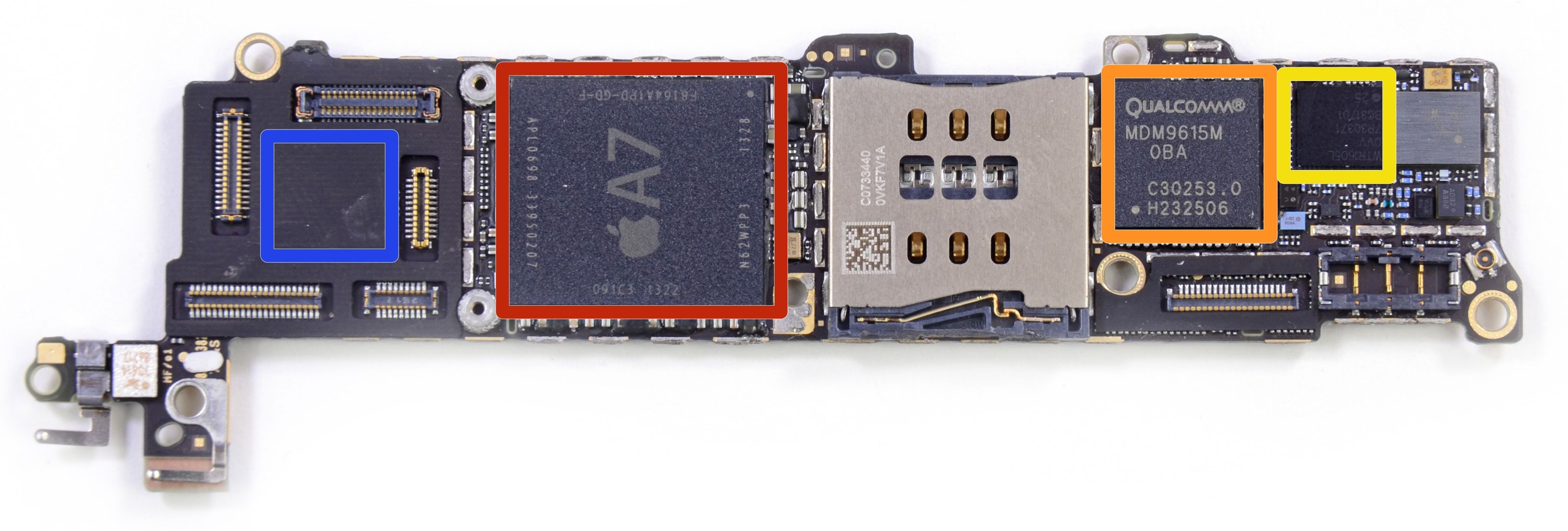As you know, Apple’s in-house teams have been designing the engine that drives the iPhone, iPod touch, iPad and Apple TV devices for years now. However, the company still sources one crucial piece of silicon from a third-party: it buys baseband modems that provide the iPhone and iPad with cellular connectivity from Qualcomm. But even that could soon change, if a new rumor is an indication.
DigiTimes, the hit-and-miss Taiwanese trade publication, is reporting that Apple is planning to form a research and development team to engineer baseband processors for iPhones fully in-house. The move would empower the firm to take an even greater control of its chip destiny.
In years past, Apple acquired several fabless semiconductor makers such as PA Semi and Intrinsity for their talent and technology. Apple now has over a thousand silicon and wireless engineers who design A-series of chips in house by licensing CPU and GPU blueprints from ARM and Imagination Technology, respectively, optimizing their designs for speed, low power consumption and iOS…
Don’t expect Tim Cook & Co. to ditch Qualcomm yet as a chip partner. According to industry sources who spoke to DigiTimes, Apple-designed baseband chips will start appearing in devices in 2015 (iPhone 6s, anyone?).
Both Samsung Electronics and Globalfoundries reportedly won contracts to build these baseband chips according to Apple’s specification.
The story goes on to mention that Apple, for the time being, won’t combine its iOS device processors and baseband chips on a single die, like integrated chips which in some high-end Android devices.
“It is more likely that Apple will continue to use discrete baseband chips,” reads the report. Though Apple may steer clear of combining the two chips initially, I think it will eventually find a way to squeeze both pieces of silicon on a single die to help boost battery life and improve performance.
The image top of post represents the iPhone 5s logic board, with the Apple-designed 64-bit A7 processor marked in red and Qualcomm’s MDM9615M 4G LTE modem in orange.
Qualcomm’s 28-nanometer chip is smaller and much more power-efficient than its predecessor and allows for both voice and data connections over LTE networks.
It’s basically a two-chip solution in a single package, marrying a Samsung DRAM which retains carrier specific information to a Samsung-fabricated LTE baseband processor. It’s worth noting that Qualcomm accounts for over 50 percent share of the baseband chip market for handsets.
Pictured top of post: the iPhone 5s logic board, courtesy of iFixIt.
